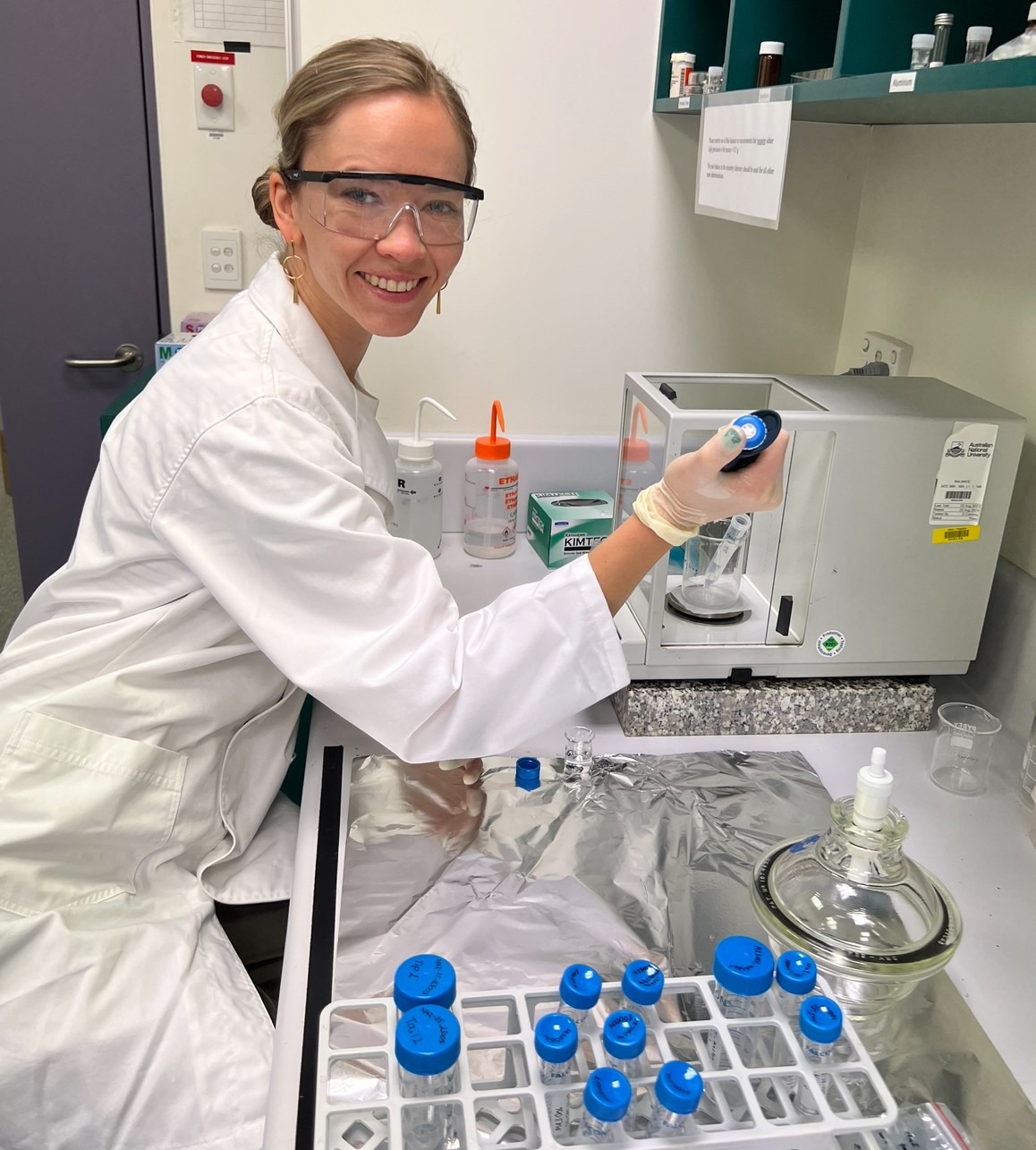The origin of the heavy elements from iron to uranium remains as one of the great unanswered questions of physics. Dr Zuzana Slavkovska, a postdoctoral fellow at the ANU Research School of Physics, is one of the many scientists working to answer that question, or at least to find a missing piece (or two) from the puzzle.
To understand how these elements are formed, scientists need to know how probable certain nuclear reactions are under extreme environmental conditions, like those in stars, where temperatures are millions of degrees higher than on Earth. They rely on theoretical models and, with the right facilities capable of producing high-energy particle beams, experimental observations.
Dr Slavkovska is studying a key astrophysical process called the s-process. This process occurs in late stellar burning phases and is responsible for creating about half of the heavy elements beyond iron.
There are two methods to measure reactions in the s-process: using a high-energy neutron beam and measuring how quickly neutrons travel over a certain distance (time-of-flight) or bombarding a sample with neutrons and then analysing the resulting reaction products with accelerator mass spectrometry (AMS).
For years, however, scientists have observed a systematic discrepancy between these two techniques, which Dr Slavkovska’s team is investigating. “We believe we understand how this reaction works, but then when we use two different methods to observe what happens, the AMS method consistently produces results that are 10% to 15% different to the time-of-flight method,” Dr Slavkovska says.
She performed an AMS measurement at the ANU Heavy Ion Accelerator Facility (HIAF) and obtained measurements of the number of the atoms produced with 2 per cent accuracy, which she described as “amazing”.
The research, undertaken in collaboration with the Frankfurt Neutron Source (FRANZ) and the Helmholtz-Zentrum Dresden-Rossendorf in Germany, will improve our understanding of processes that occur in stellar environments.

It’s not just the accelerator itself that played such a crucial role in Dr Slavkovska’s research: the chemistry laboratories at HIAF were important, too. The labs provide researchers with a clean and well-equipped space to prepare and process samples free from contamination while staying on site.
“It’s quite amazing to have this opportunity to do several steps in such a complex experiment in one place—preparing the samples, chemical processing of the irradiated samples, and then counting the reaction products—but that is possible at HIAF,” says Dr Slavkovska.
As well as contributing to vital fundamental physics research, Dr Slavkovska’s work has implications for applied environmental science research. Techniques developed in the chemistry lab can analyse environmental samples like soil and water, while HIAF’s accelerator advances and refines measurement methods.
“AMS is an astounding technique already, picking up individual atoms in samples with high precision,” says Dr Slavkovska. “Now, we’re pushing the limits of the technique to make it work even better!”
